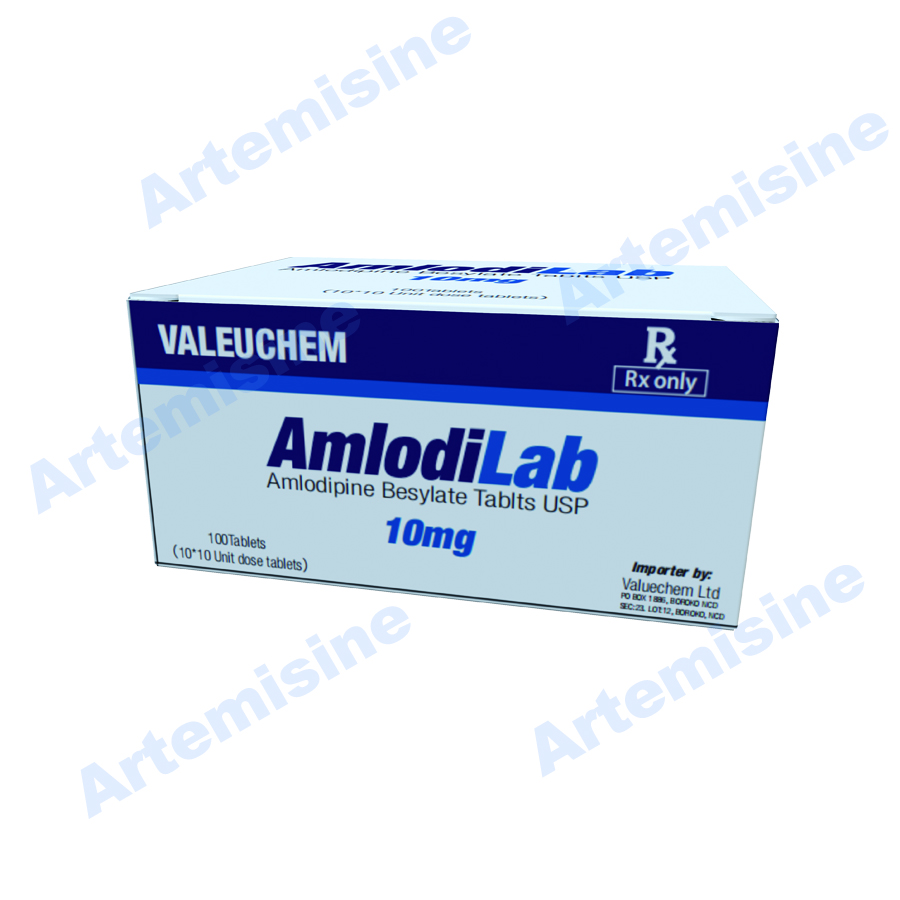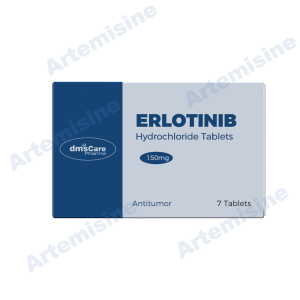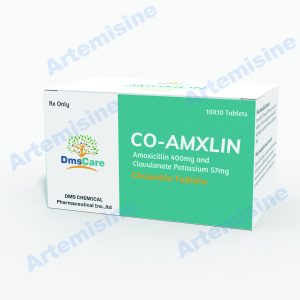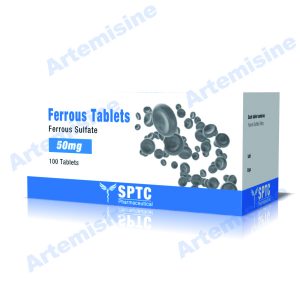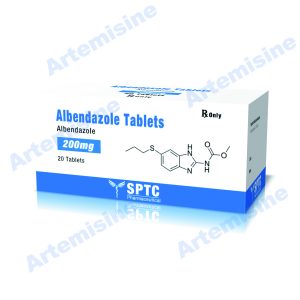Product Description
Contains:
Amlodipine 10mg
Package:
10 tablets/ blister*10/ box
What is amlodipine?
Amlodipine belongs to a class of medications called calcium channel blockers. It lowers blood pressure by relaxing the blood vessels so the heart does not have to pump as hard.
Amlodipine is used to treat certain types of angina (chest pain) and other conditions caused by coronary artery disease (narrowing of the blood vessels that supply blood to the heart).
Amlodipine controls chest pain by increasing the supply of blood to the heart. If taken regularly, this medicine controls chest pain, but it does not stop chest pain once it starts. Your doctor may prescribe a different medication to take when you have chest pain.
Amlodipine is also used alone or in combination with other medicines to treat high blood pressure (hypertension) in adults and children at least 6 years old. Lowering blood pressure may lower your risk of a stroke or heart attack.
Dosing information
Usual Adult Dose for Hypertension:
Initial dose: 5 mg orally once a day
Maintenance dose: 5 to 10 mg orally once a day
Maximum dose: 10 mg/day
Comments: Patients who are small or fragile may be started on 2.5 mg orally once a day.
Usual Adult Dose for Angina Pectoris:
Maintenance dose: 5 to 10 mg orally once a day
Maximum dose: 10 mg/day
Usual Adult Dose for Coronary Artery Disease:
Maintenance dose: 5 to 10 mg orally once a day
Maximum dose: 10 mg/day
Usual Geriatric Dose for Hypertension:
Initial dose: 2.5 mg orally once a day
Maintenance dose: 2.5 to 10 mg orally once a day
Maximum dose: 10 mg/day.
Usual Geriatric Dose for Angina Pectoris:
Initial dose: 5 mg orally once a day
Maintenance dose: 5 to 10 mg orally once a day
Maximum dose: 10 mg/day..
Uses: Alone or in combination with other antianginal agents for the symptomatic treatment of chronic stable angina
-Alone or in combination with other antianginal agents for the treatment of confirmed/suspected vasospastic angina
-To reduce the risk of hospitalization for angina and to reduce the risk of a coronary revascularization procedure in patients with recently documented CAD by angiography and without heart failure or an ejection fraction less than 40%
Usual Pediatric Dose for Hypertension:
6 to 17 years:
-Maintenance dose: 2.5 to 5 mg orally once a day
-Maximum dose: 5 mg/day
Comments: Doses higher than 5 mg have not been studied in pediatric patients.
The dosage should be adjusted according to patient response. In general, titration should proceed over 7 to 14 days. If clinically warranted, titration may proceed more rapidly, provided the patient is assessed frequently.
Use: Alone or in combination with other antihypertensive agents to treat hypertension
